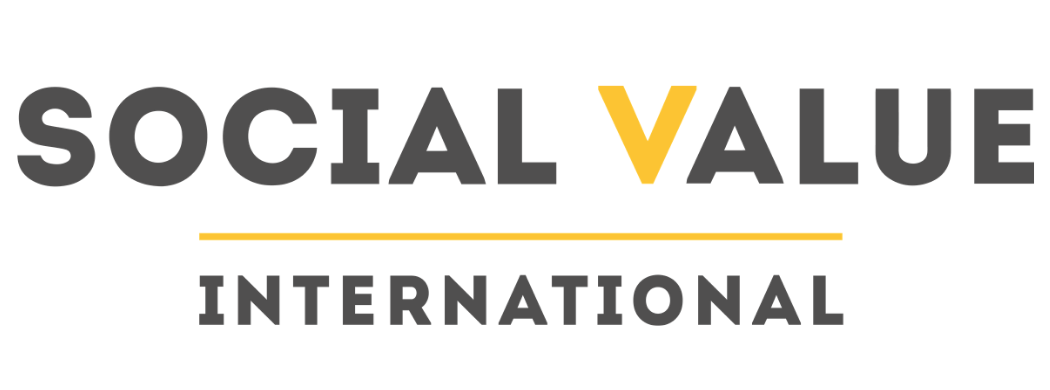
Principle 2: Understand What Changes
This page has the SVI Guidance for applying this principle and also recommended guidance documents that can help you meet the standard.
Guidance on applying Principle 2
Articulate how change is created and evaluate this through evidence gathered, recognising positive and negative changes as well as those that are intended and unintended.
Part 1:
This is guidance that accompanies “A Guide to Social Return on Investment” (2012)1 . A Guide to Social Return on Investment (from here on referred to as “the Guide”) outlines the Seven Principles of Social Value and the six stages of an SROI analysis. Since the publication of the guide in 2012 standards have been subsequently written to expand upon each of the Principles.
Within the context of all of the Principles of Social Value, “understand what changes” is pivotal. It is so closely intertwined with many of the other principles, it is essential that this principle is applied well. Understanding what changes is a fundamental building block for any attempt to measure (and account) for social change. The Principle ‘Understand what changes’ has been broken into three parts.
This document addresses the first part only and is titled: ‘Creating well defined outcomes’.
Useful guidance on understanding what changes:
-
Impact Management Project: "What" impact dimension
The ‘What’ impact dimension covers the outcomes the enterprise contributes to — and how important these are to stakeholders. This page provides guidance on the ‘What’ data categories that enterprises and investors can use to collect, assess and report outcome data.
-
OECD: Measuring Well-being and Progress- Well-being Research
The OECD Framework for Measuring Well-Being and Progress shown below is based on the recommendations made in 2009 by the Commission on the Measurement of Economic Performance and Social Progress to which the OECD contributed significantly.
This Framework is built around three distinct components: current well-being, inequalities in well-being outcomes, and resources for future well-being.
-
United Nations: SDG Indicators
Global indicator framework for the Sustainable Development Goals and targets of the 2030 Agenda for Sustainable Development.
The global indicator framework includes 231 unique indicators.
-
World Bank Development Indicators
The primary World Bank collection of development indicators, compiled from officially-recognized international sources. It presents the most current and accurate global development data available, and includes national, regional and global estimates
-
2020 Social Progresss Index Methodology Summary
The Social Progress Index is a well-established measure, published since 2013, that is meant to catalyze improvement and drive action by presenting social outcome data in a useful and reliable way. Composed of multiple dimensions, the Social Progress Index can be used to benchmark success and provide a holistic, transparent, outcome-based measure of a country’s wellbeing that is independent of economic indicators.
-
IRIS Catalog of Metrics
IRIS+ is the generally accepted impact accounting system that leading impact investors use to measure, manage, and optimize their impact. Proper use of the IRIS+ system ensures a minimum level of consistency in a users’ impact claims and performance, which makes it easier for investors to analyze and extract useful information for decision making. Use of IRIS+ also facilitates the comparison of impact information.
-
QuIP and other approaches
A wide variety of other approaches to impact evaluation are in use, including qualitative, quantitative, participatory and mixed methods (e.g. see www.betterevaluation.org). The QuIP draws particularly on qualitative approaches, in the sense that it deals primarily with words rather than numbers, derived from open narrative text rather than responses to closed questions. Rather than drawing on its own distinctive body of theory it is also the product of a pragmatic, eclectic and iterative learning-by-doing approach to methodological development that borrows from several other approaches.

